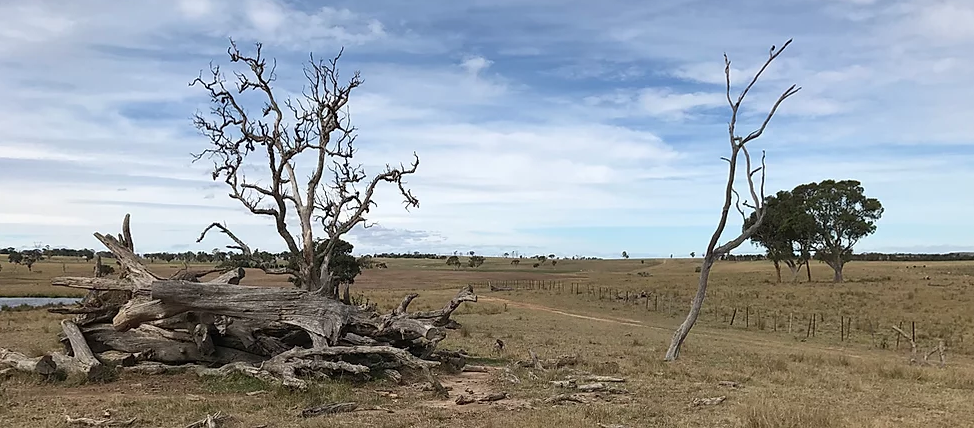Plans to develop a 720 MW solar farm coupled with up to 400 MWh of battery storage have passed an important milestone now that a grid-connection agreement has been locked in with Transgrid, the operator of the electricity transmission network in the Australian state of New South Wales.
Project developer UPC/AC Renewables Australia expects design work on a transmission substation to begin soon. It plans to start road upgrades as part of the development later this year.
The AU$768 million (US$528.9 million) New England Solar Farm will be built across two solar fields six kilometers east of Uralla in one of the three renewable energy zones proposed by the state government. With more than 2.4 million solar panels, 150 power conversion units, and a lithium-ion battery storage facility, the project will connect to TransGrid’s existing 330 kV transmission line, which transects the development site.
Depending on the final installed capacity, the solar farm will produce around 1,800 GWh of electricity each year – enough to power more than 250,000 homes. The solar project will be constructed in stages over 36 months. It is expected to create up to 700 full-time jobs during construction.
The project was approved with conditions by the New South Wales Independent Planning Commission in March, after more than two years of detailed planning, assessment, and community engagement. Since then, the project developer has continued to work on the required management plans, project finance and the appointment of the main construction contractor.
UPC/AC Renewables Australia also wants to install a big battery capable of dispatching energy to the grid at times of high energy demand. Under that proposal, the battery system would be constructed in stages, starting with 50 MWh, up to a maximum size of 400 MWh.
The developer also wants to support local community projects by providing funding of AU$250 for every megawatt (AC) of power-generating capacity installed at the New England Solar Farm, or AU$180,000 a year over the 25-year working life of the solar farm, assuming full capacity.
This content is protected by copyright and may not be reused. If you want to cooperate with us and would like to reuse some of our content, please contact: editors@pv-magazine.com.




2 comments
By submitting this form you agree to pv magazine using your data for the purposes of publishing your comment.
Your personal data will only be disclosed or otherwise transmitted to third parties for the purposes of spam filtering or if this is necessary for technical maintenance of the website. Any other transfer to third parties will not take place unless this is justified on the basis of applicable data protection regulations or if pv magazine is legally obliged to do so.
You may revoke this consent at any time with effect for the future, in which case your personal data will be deleted immediately. Otherwise, your data will be deleted if pv magazine has processed your request or the purpose of data storage is fulfilled.
Further information on data privacy can be found in our Data Protection Policy.